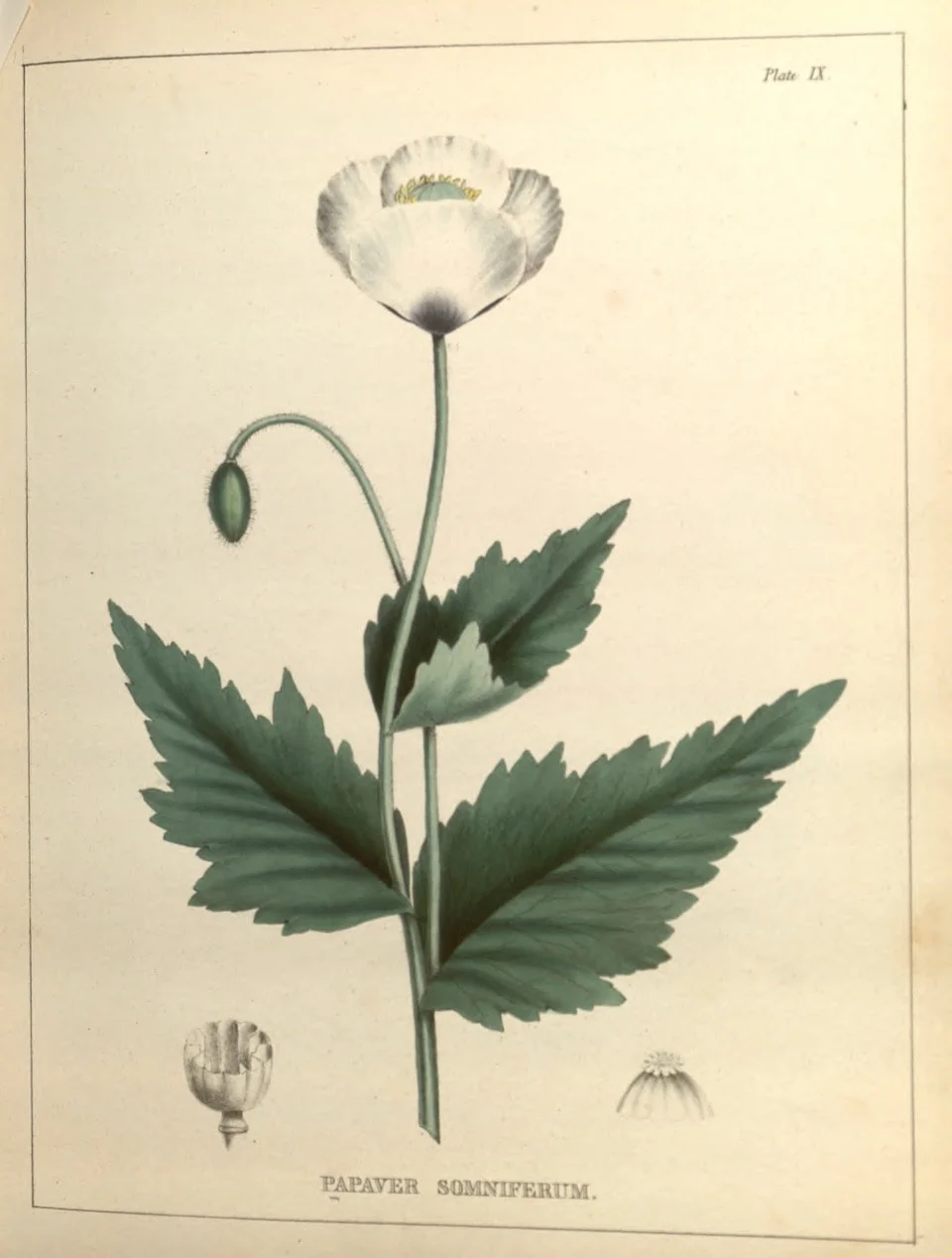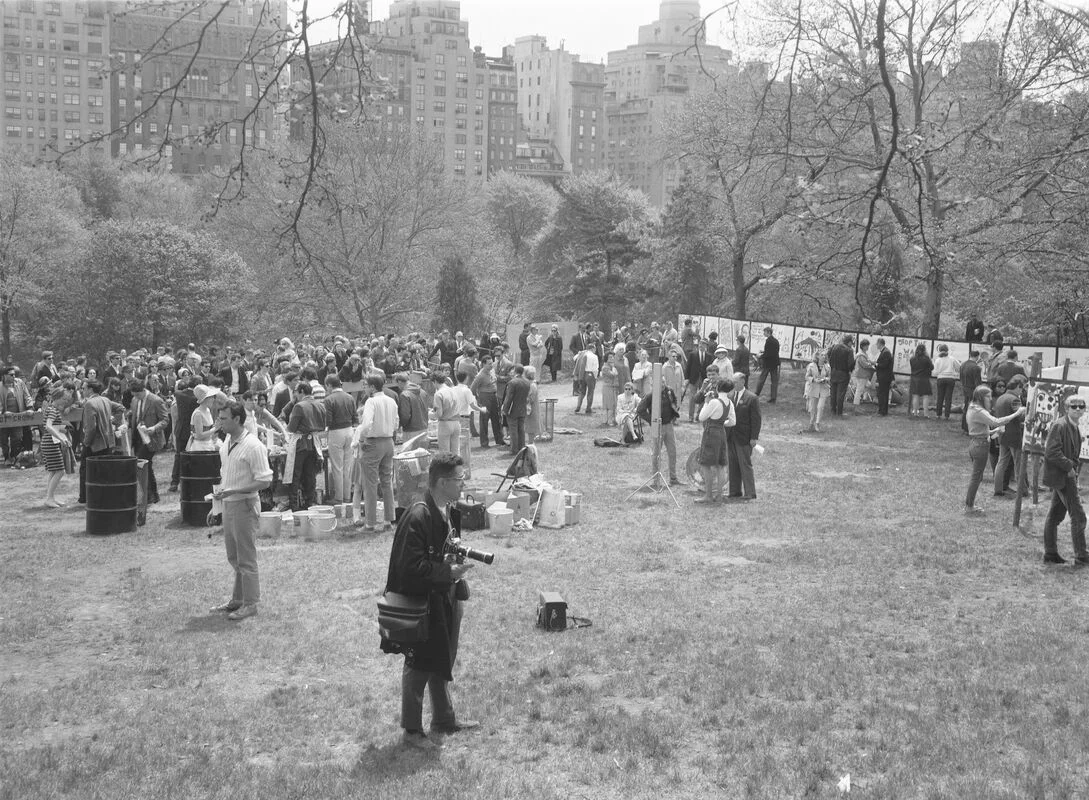Hugh Ryan's When Brooklyn Was Queer
Reviewed by Benjamin Serby
“Pick a random book about ‘New York City’ history, and chances are, it will mention Brooklyn… sporadically if at all. The chance that it talks about the queer history of Brooklyn? Nearly zero.” Thus writes Hugh Ryan, a curator and author whose new book, When Brooklyn Was Queer, marks a first attempt at correcting the ingrained Manhattan-centrism of queer studies and recovering the stories of queer Brooklynites in particular.
Read More









